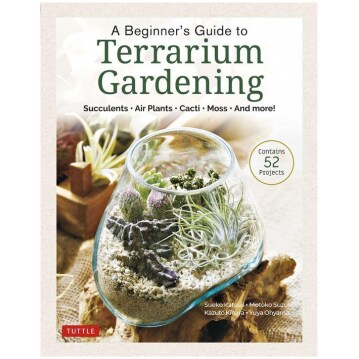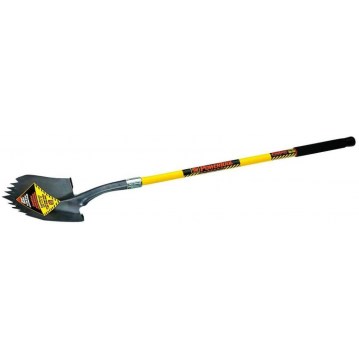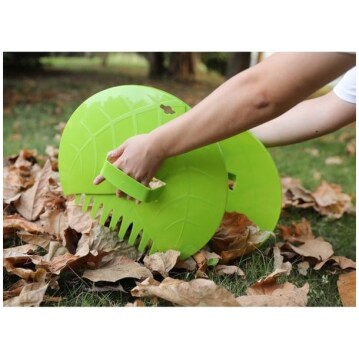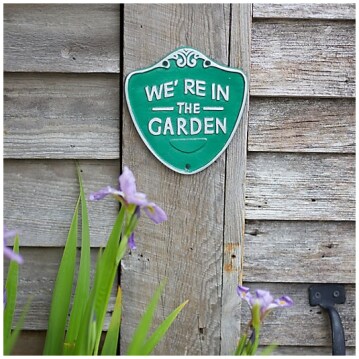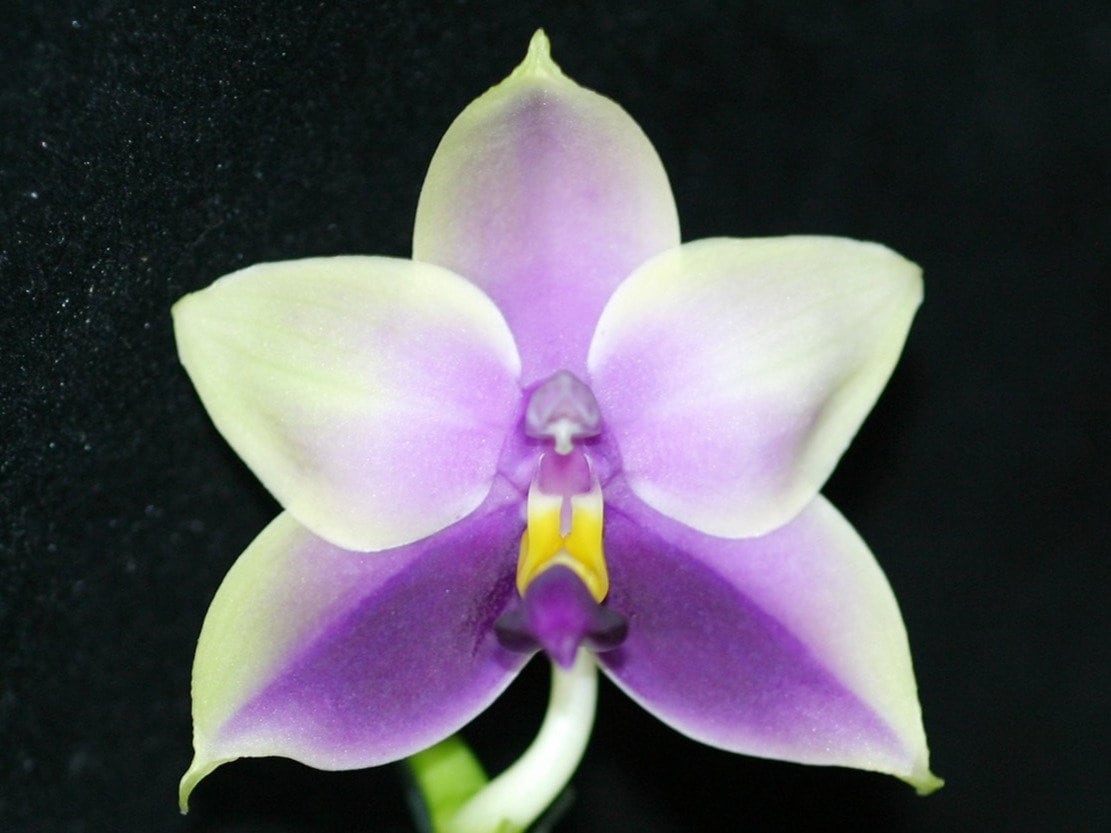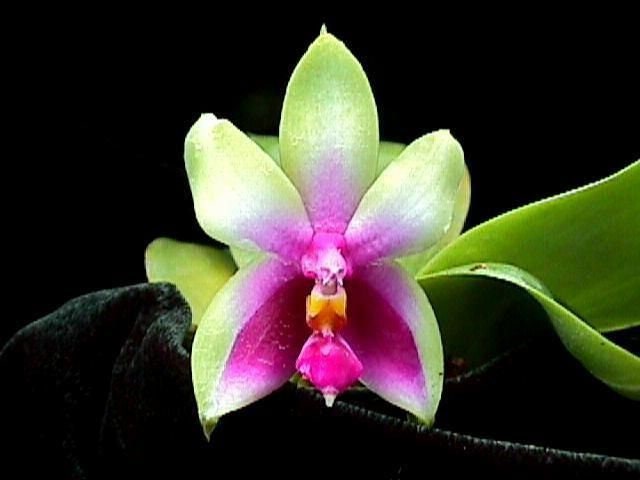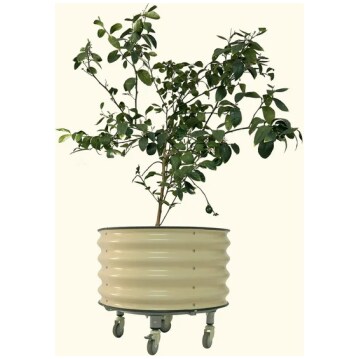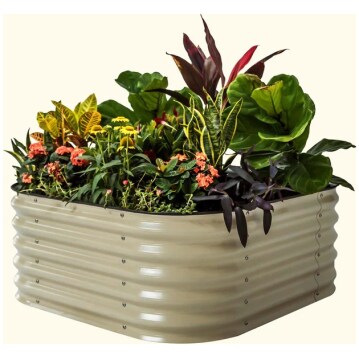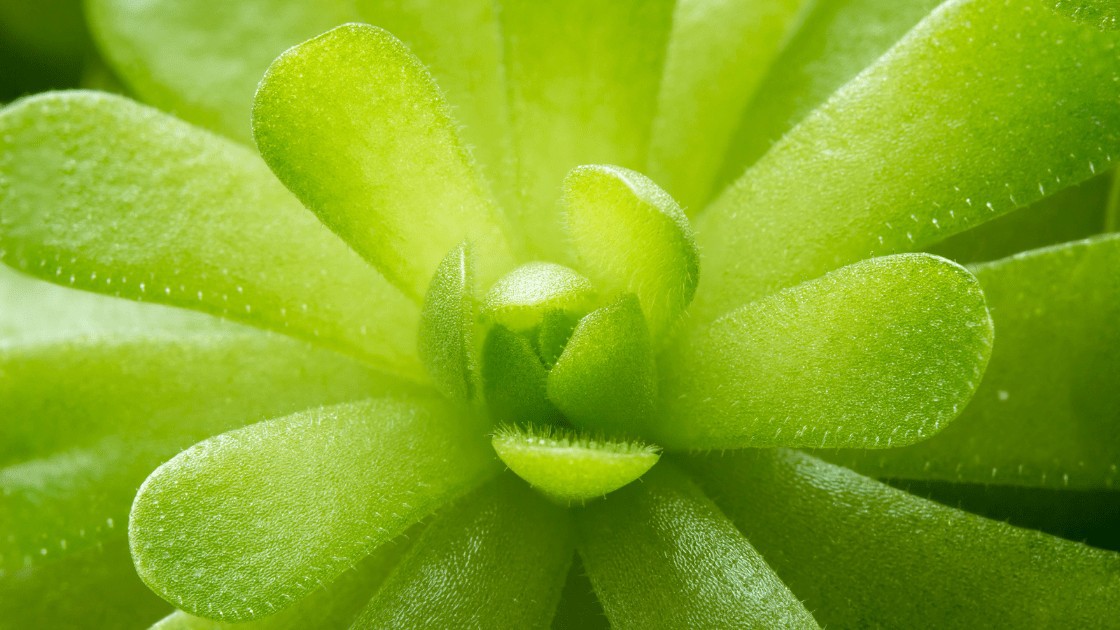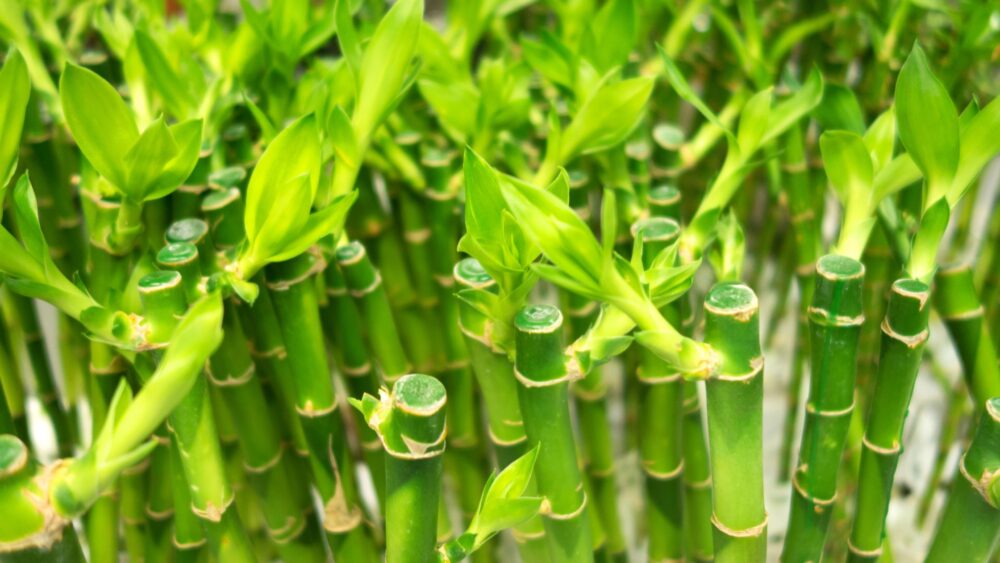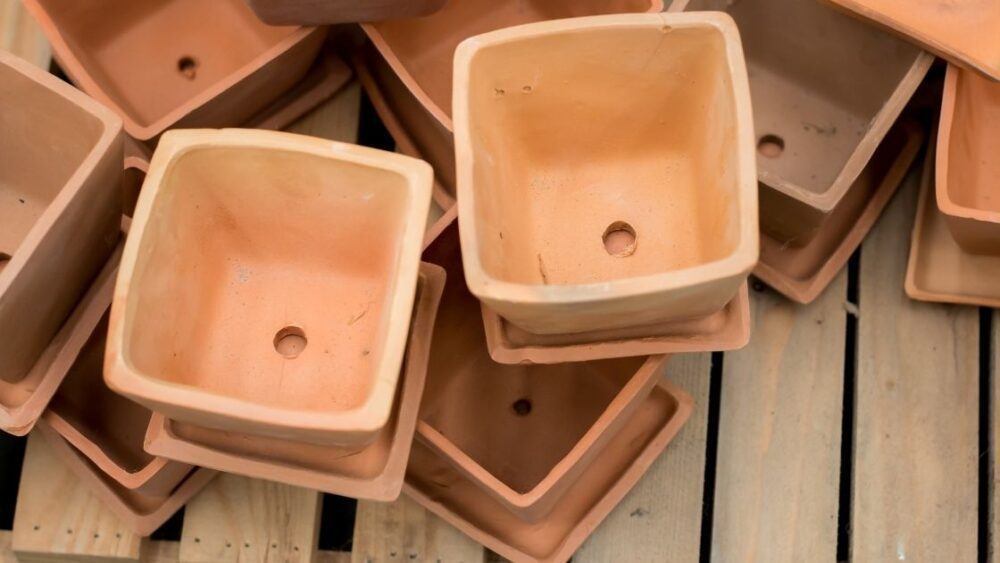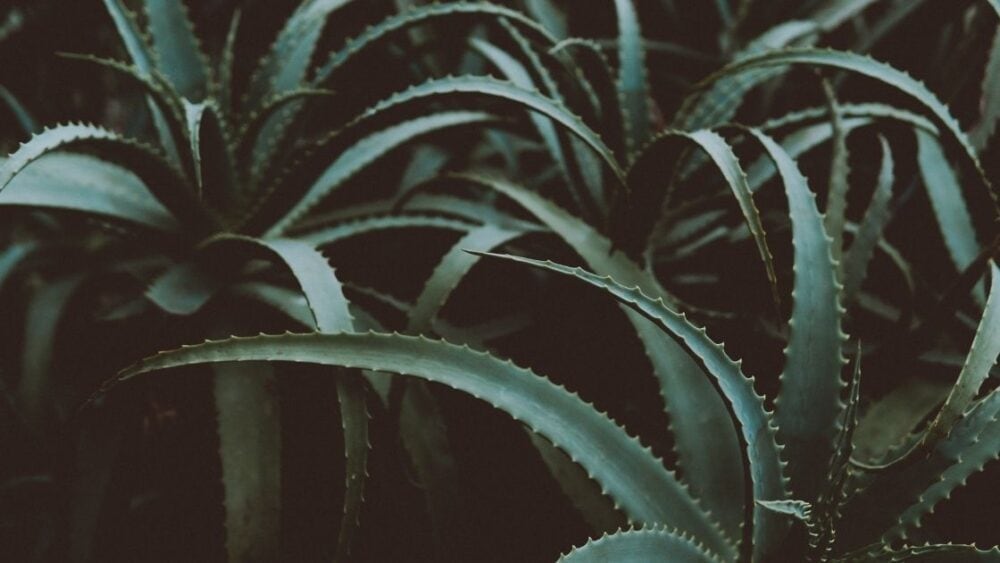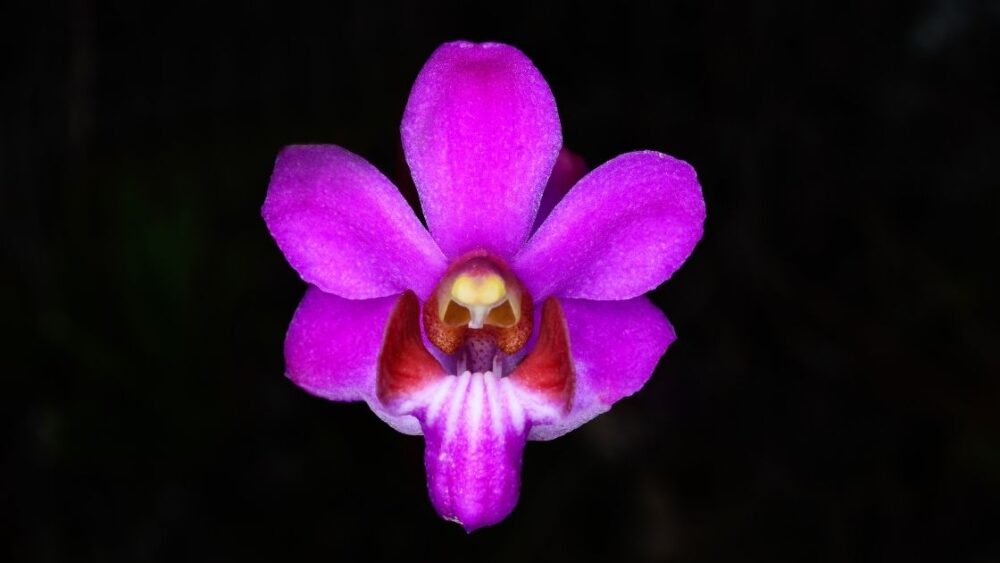
Do you consider yourself a lover of Orchids and all their subspecies? Have you always wanted to grow your own Orchid garden, but you are not sure which type of flower to choose and which one will best suit your living conditions?
Have you heard that Orchids are one of the most beautiful flowers to grow indoors but you don’t know all its variants?
Then this is your article, because below we will give you the answer to all these doubts through a detailed explanation of one of the most precious Orchid species: the Doritis Pulcherrima.
Browse our Affiliate Products
There are many people who love this variant of the Orchid because of its extreme beauty. Although, many have no idea where it comes from, nor the specific care it needs to survive outside its natural habitat, they prefer to opt for a simpler type of plant. Which is a real pity, since it is a really beautiful plant that will make any corner of our home or terrace be transformed and full of life.
Do you want to grow your own Doritis Pulcherrrima correctly? Do you want to know all the hidden secrets of this exotic orchid species?
We will now explain all this and much more in detail, so that anyone who wants to grow this wonderful plant can do so with every guarantee of success.
Take note!
Planting
The Doritis Pulcherrima is a genus of small to medium sized plant that belongs to the large group of Orchid plants, within which it has been subcategorized as an orchid belonging to the Phalaenopsis species. This plant has its origin in the regions of Southeast Asia, being predominant in the regions of India, Myanmar, southern China, Laos, Thailand, Sumatra, Vietnam and Malaysia.
Its name comes from the Greek term Doritis which is one of the names attributed to the Goddess Aphrodite, and from the Latin epithet Pulcherrima meaning: “the most beautiful”. This so characteristic name refers to the great beauty of this plant, which always grows in very humid and warm places reaching up to 90 cm high.
It is characterized by flowering during the summer season and remain in bloom for several months, can give flowers of all colors: purple, yellow, white, pink, etc. In his natural habitat it grows near the creeks and in sandy grounds, liking to remain in places where the solar exhibition is indirect and where it can get to have several hours of shade.
Doritis Pulcherrima plant likes light and humidity, being its ideal temperature 32 degrees and a humidity level of up to 70%; something very typical of the orchids of tropical origin. As for its appearance, we can recognize it by its striking green leaves of great thickness and with the peculiarity of having the base of the leaf of a beautiful purple color.
In addition they also come in a variety of colors, from purplish, to orange and white as shown below.
Care
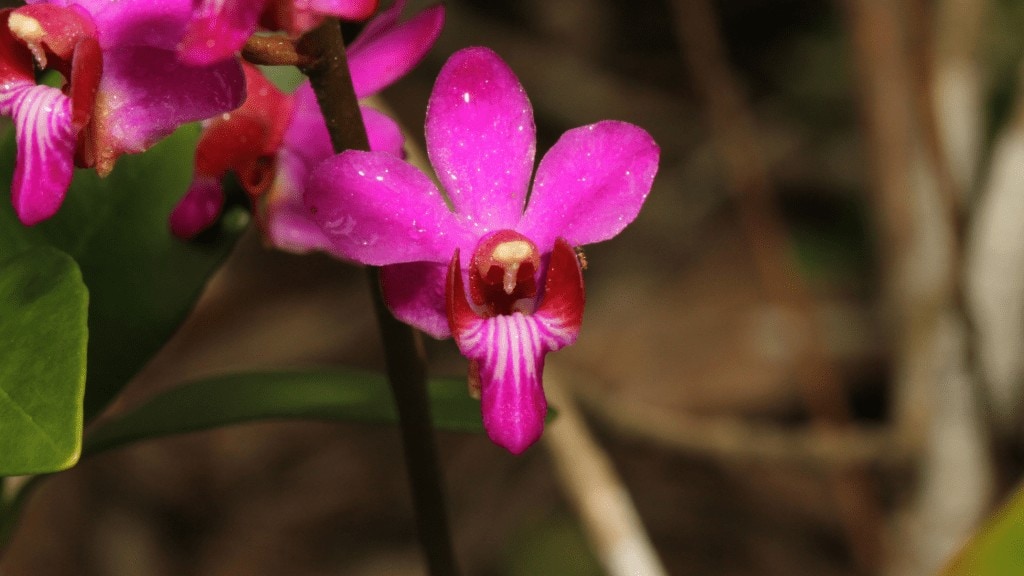
Lighting
Doritis Pulcherrima, as with all other orchids, likes to be kept in very bright places but never in direct sunlight. That is why gardening experts always recommend cultivating this type of tropical plant on a windowsill, as this way you can enjoy constant lighting without the risk of being burned by the sun.
In numerical terms, Doritis Pulcherrima needs to absorb daily between 8000 and 15,000 lumens, that is, to be more than 12 hours in a very illuminated place and to be protected from the sun.
Air Circulation
This plant is of tropical origin and is used to living in aerated places as well as humid, so it is important that they are always close to a natural air intake and where the current is constant.
However, we must ensure that these currents are not too strong, as it would end up breaking their flowers and would have a fatal effect on our planet.
Watering
During the growth period of the plant we should try to give it away in a thorough way, being important that we do not let the soil get too wet after that, since we could cause its roots to end up rotting due to the excess of water.
The best way to avoid this from happening is to water it only when we notice that it is dry; the orchid is very resistant and prefers to spend a little thirsty than feel drowned.
On the other hand, during the winter we will hardly have to water it, since in its natural habitat it is a dry season where the plant is kept in rest until the arrival of spring and the first torrential rains.
The most important thing for this plant to stay healthy is not the amount of water in its soil, since it is capable of surviving in quite dry soils, but the climate where it is found does contain a lot of moisture for its leaves to absorb.
Fertilizing
As with traditional orchids, during the most intense growth stage Doritis Pulcherrima will need a quarter to half dose of a quality orchid fertilizer, with subtle fertilization every week or two being enough.
On the other hand, during the autumn stage, the experts recommend that we enrich the fertilizer we use with phosphorus in order to favor a good flowering when the first one arrives, and also to avoid that our plant is too weak to support the winter frosts.
At the end of the summer, it is advisable to add a little nitrogen to the fertilizer, which will clean the plant of all the possible plagues and insects that lurk during the summer season and will leave it ready for the new growth stage in the autumn.
Dormancy
The rest stage of this plant is clearly the winter, where we can reduce to less than half the amount of water, we give it; although never without leaving it more than a week without any water.
The important thing of this period is to control that its soil is always well drained and that it is in a well aerated area, this way even if it does not receive much water it will be able to hold on in perfect conditions until the arrival of the spring.
Pests/Diseases
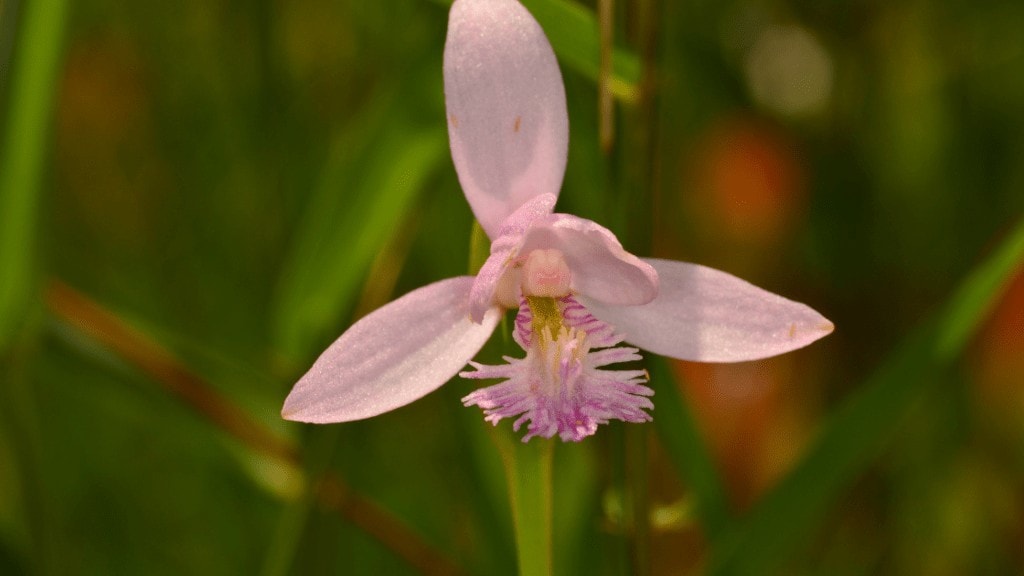
Aphids
Aphids are one of the most common garden pests, being especially dangerous for their ability to transmit all kinds of diseases to our plants, such as fungi and viruses from one plant to another.
We will know that our plant has them because we will appreciate as some small black or green beings have invaded their leaves, being also possible that already it has begun to make sick all the plant and present a quite deteriorated state.
To fight against them there is a very simple but effective home method, which consists of mixing water, soap and alcohol in a cloth and passing it gently through the leaves of our orchids.
Scale
Scale is a very common problem in orchids, especially if we have it in an outdoor area. This pest is characterized by the appearance of small rounded lumps of brown color (similar to a snail) by the stem and the leaf of the plant, which can vary as much in size as in its color.
The most effective way to eliminate these insects is usually to spray the entire plant with an insecticide specifically developed for this purpose, it is also convenient that after doing so we place the plant under the tap water (trying not to let the jet go out under too much pressure) so that the water drags away all the possible bugs that have remained stuck in the leaves.
Mealybugs
Mealybugs are the most serious problem that our orchid can face, whatever type of orchid we have, since it is a fast-acting pest that attacks all parts of our plant: roots, flowers, leaves, pseudobulbs, etc. If we don’t tackle it quickly, our plant will most likely die, so as soon as you see a single mealybug in it, you must act on the advice of a professional.
One of the most effective remedies that put an end to cochineals is to use 70 proof alcohol diluted in a cloth or sprayed, being also very useful that after applying the alcohol we replant our plant so that the soil is totally new and free of cochineals.
Thrips
We will know that our plant has developed Thrips by the appearance of small silvery specks on all its leaves. It is not a very serious problem, but it is convenient to act with haste so as not to affect the health of the plant too much.
The best remedy to eradicate the plague from the roots is to use a good systemic insecticide and to fertilize our plant well so that it is able to recover and prevent the appearance of a plague of this type again.
Spider Mites
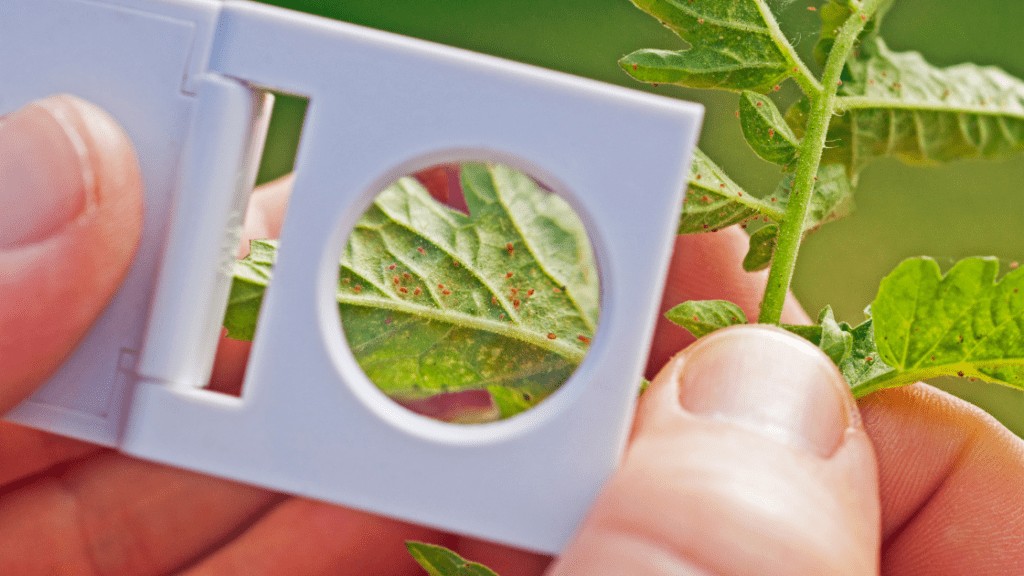
As its name indicates, the spider mites that will appear on your plant will create small, very showy white webs that will cover all the leaves.
The solution? To begin with, break and quickly remove all the webs to stop the spread of the pest. Then you must spray the whole plant with some solution of water and dishwashing soap.
Snails and Slugs
Slugs and snails are also a recurrent pest in the orchid world, acting at night and devouring the entire plant from the roots.
The best way to put an end to this pest is to remove all the visible snails and slugs and then spray the whole plant with an insecticide specifically developed for this purpose.
There is a wide variety of them on the market so it will not be difficult to find an effective one that will solve the problem.
Root Rot
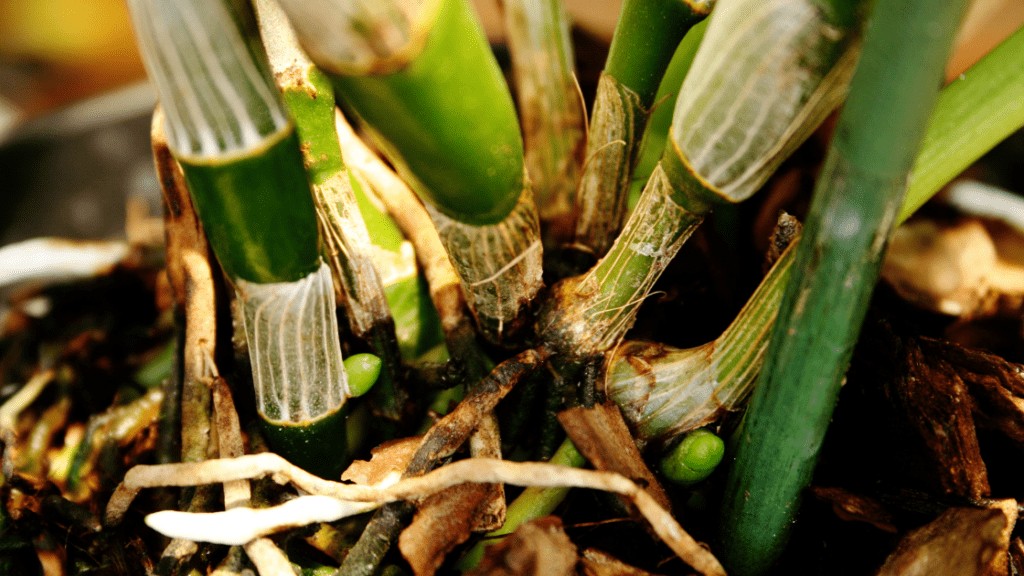
Root rot is a common problem among beginners and is usually caused by over-watering the plant. Orchids like to stay wet and in warm climates, but they hate excess water, so when we see their roots start to turn yellow and black, we must act quickly.
The best way to eradicate the problem is to remove all the roots that are in bad condition and transplant our plant to a new growing medium with well-drained soil. We should water it but make sure that the soil is free of water that could cause the roots to rot again.
Crown Rot
When the crowns of our orchids start to change color and lose their petals for no apparent reason, it is most likely that excess water has leaked into them and is slowly rotting them from the inside.
To try and remedy this problem, we must eliminate this excess water. It is useful to use the tip of a paper towel to absorb the humidity from inside the crown without breaking it and then spray the area with a 30% hydrogen peroxide solution.
Wit and Wisdom

Orchid Babies
As with most plants, orchids also produce their own babies with which we can augment our family of garden plants.
However, orchid babies have a very distinctive name, Keikis. These babies can be transplanted into other pots as soon as they are 2 to 3 centimeters long.
Did you Know?
Did you know that orchids are some of the most intelligent plants that exist, because they have the capacity of flowers that resemble their main pollinators and thus cause them to always be close to them?
An example of this is the Ophrys Apifera orchid that produces flowers with a shape and colors like those of a female bee so that the male bee gets closer to them in the pollination stage. Incredible, isn’t it?
Conclusion
In conclusion, if what you want is to cultivate the Doritis Pulcherrima and to do it with all the guarantees of success, the only thing that you will have to do is to follow all the advices that we have explained to you throughout this article, much patience and much affection.
The plants only need us to give them the necessary attention according to their specific characteristics, and the orchids are a good example of this.
Any type of orchid will give us years of beauty and good company in our homes in exchange for very little, so it is worth trying, don’t you think?
